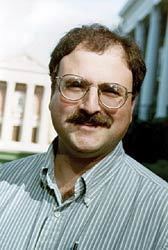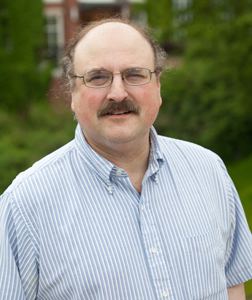Name Matthew Koss Role Physicist | ||
 | ||
Matthew Koss '83 at Reunion 2008
Matthew B. Koss (born September 16, 1961 in Boston, Massachusetts) is a widely published solid state physicist.
Contents

He received his AB degree from Vassar College in 1983 and a Ph.D. in Experimental Condensed Matter Physics from Tufts University in 1989.
From 1990 to 2000 he worked at Rensselaer Polytechnic Institute as the Lead Scientist for the Isothermal Dendritic Growth Experiment (IDGE), a basic microgravity research project on dendritic solidification that conducted Space Shuttle flight experiments on STS-62, -75, and -87.
He is currently the Principal Investigator of the Transient Dendritic Solidification Experiment (TDSE) [1], a flight experiment being prepared for operations on the International Space Station in 2006.
In June 2003, Koss created a controversy by authoring an Op Ed article in the New York Times claiming that scientists bore partial responsibility for the space shuttle Columbia disaster. He argued that most micro-gravity scientific experiments did not require manned space missions, but were used to sell the space program. The article drew widespread attention, and resulted in congressional hearings at which Koss appeared.
Current work
In 2000, Koss started working as a professor at The College of the Holy Cross. He continues his isothermal dendritic growth research and in 2005 began research on the physics of baseball.
Physics of Baseball
Currently he has collected data on a baseball in flight to create his own reynolds number vs drag coefficient plot, to compare against other models. He has also created a hybrid model of the flight path that a baseball will take, given all of the initial conditions. To this model are now being added other factors that will affect the flight, such as the spin decay rate of a baseball in flight.
